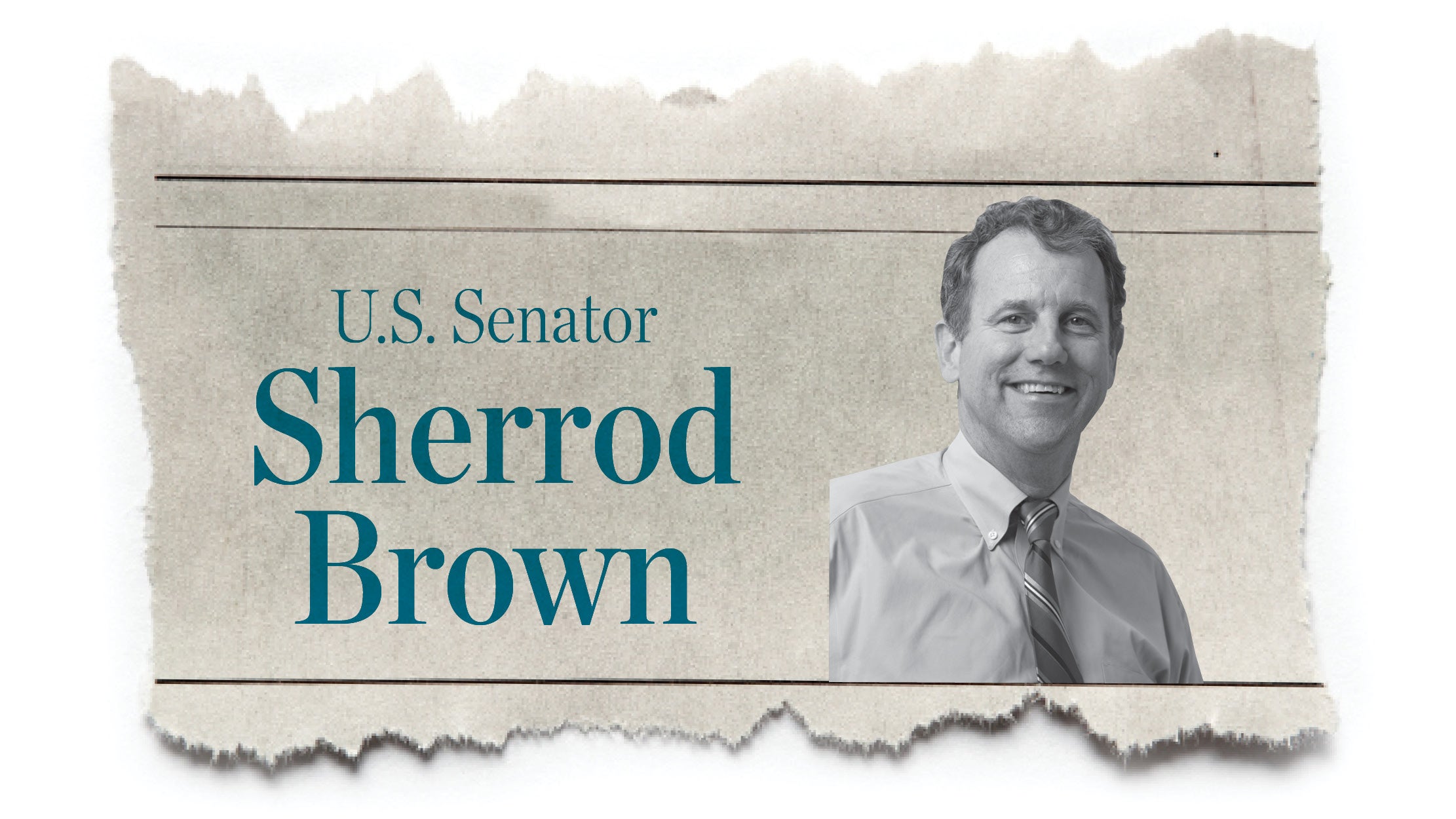A Christmas story from 1863: Greatest Christmas gifts despite personal deprivation
Published 10:57 am Saturday, December 21, 2019
Most people who read this article will most likely never have heard of Roger Atkinson Pryor.
He was born at Dinwiddie City, Virginia, on July 19, 1828.
He had been a member of the U.S. House of Representatives from 1859-1861. He was greatly interested in politics, oratory and journalism.
Until the outbreak of the Civil War, Pryor was a spokesman for conservative and secessionist interests.
Believing strongly in secession, he quickly became an agitator.
In Charleston, South Carolina, he provided pressure daily for South Carolina to secede from the United States.
In early April 1861, Pryor wandered about Charleston urging authorities to open fire on Fort Sumter, three and a third miles away.
Pryor accompanied three Confederate emissaries who went out to Fort Sumter to demand its surrender at 45 minutes past midnight on April 12, 1861.
Although a member of Beauregard’s military staff, Pryor remained behind in the boat.
Capt. George S. James was asked to fire a signal shot to begin the bombardment of Fort Sumter.
James offered Col. Roger Pryor the “honor of firing the first gun of the war.”
Pryor declined, saying “I could not fire the first gun of the (Civil) War.”
Pryor entered the Provisional Confederate Congress, but resigned to become colonel of the 3rd Virginia Infantry.
He was recognized for gallantry at the Battle of Williamsburg. Promoted to brigadier general, he fought in the Seven Days’ Campaign, Second Bull Run, and Antietam.
After heavy losses in the Army of Northern Virginia, his brigade was dissolved in November 1862.
After the Battle of Chancellorsville, Pryor resigned his rank and took on an assignment for solitary scouting and intelligence gathering for Major General Fitzhugh Lee’s cavalry.
His wife, Sara Rice Pryor, tried to follow his regiment and him from battle to battle.
From the fall of 1863, Mrs. Pryor was in Petersburg, Virginia. She sought room and board with a private family. There seemed to be no lodgings available and her money would soon run out.
Her brother-in-law offered her and her children an overseer’s house.
Its kitchen was smoke-blackened and was unplastered.
There were three wooden chairs and a small table.
The quarters had no curtains, carpet, rugs or china. The dwelling was infested with hornets.
She found small amounts of meal, rice and spoiled bacon.
The shelter was dismal with winter coming on.
Sara was not be able to communicate with the outside world and Roger was away in the army.
Christmas would soon be here and she was not sure the children and she could survive.
Fortunately, she had a neighbor who helped “save the family.”
Mrs. Laighton taught Sara what plants in the woods would serve as yeast, how to make coffee out of parched corn, and sent her biscuits, peaches and persimmons.
Two days before Christmas 1863, a great snow storm blanketed the area.
Her little boys roasted chestnuts for Christmas and set traps for rabbits and snowbirds without success.
Just before Christmas Day, Sara Pryor became very ill.
Dr. Withers came from Petersburg and delivered a baby.
A field hand named “Anarchy” agreed to watch mother and baby during the Christmas holidays because the doctor could not return.
Feeling poorly, Sara fainted multiple times while trying to dress herself.
Her Christmas gift to her sons was to mend their clothing.
Three weeks after Christmas 1863, her two little boys alarmed Sara by shouting “Oh, mamma, an old gray soldier is coming in.”
Although disheveled and dirty, the man’s voice told Sara it was her husband, Roger.
To come home, Roger Pryor had suffered cold and hunger.
He had not given a furlough, but would return to the army.
Her husband moved her and the children to a house in Petersburg.
Sara Rice Pryor’s greatest Christmas gifts? A newborn babe and knowledge that her husband was still alive.
Roger Pryor, Southern fire-eater, survived the war and died on March 14, 1919, at age 91.
Roger Pryor had faced death once before.
After the United States commander had agreed to surrender Fort Sumter, the Confederate negotiators went to the fort to work out conditions.
Pryor went with them. He was sitting in the hospital area of the fort at a small table. He noticed a bottle near his right hand.
The man who had advocated immediately attacking Sumter poured himself a drink to celebrate.
The bottle contained iodine of potassium. A Union surgeon at the fort took Pryor outside and laid him in the grass.
A surgeon applied a stomach pump and saved Roger Pryor’s life in 1861.
— Bob Leith is a retired history professor from Ohio University Southern.





